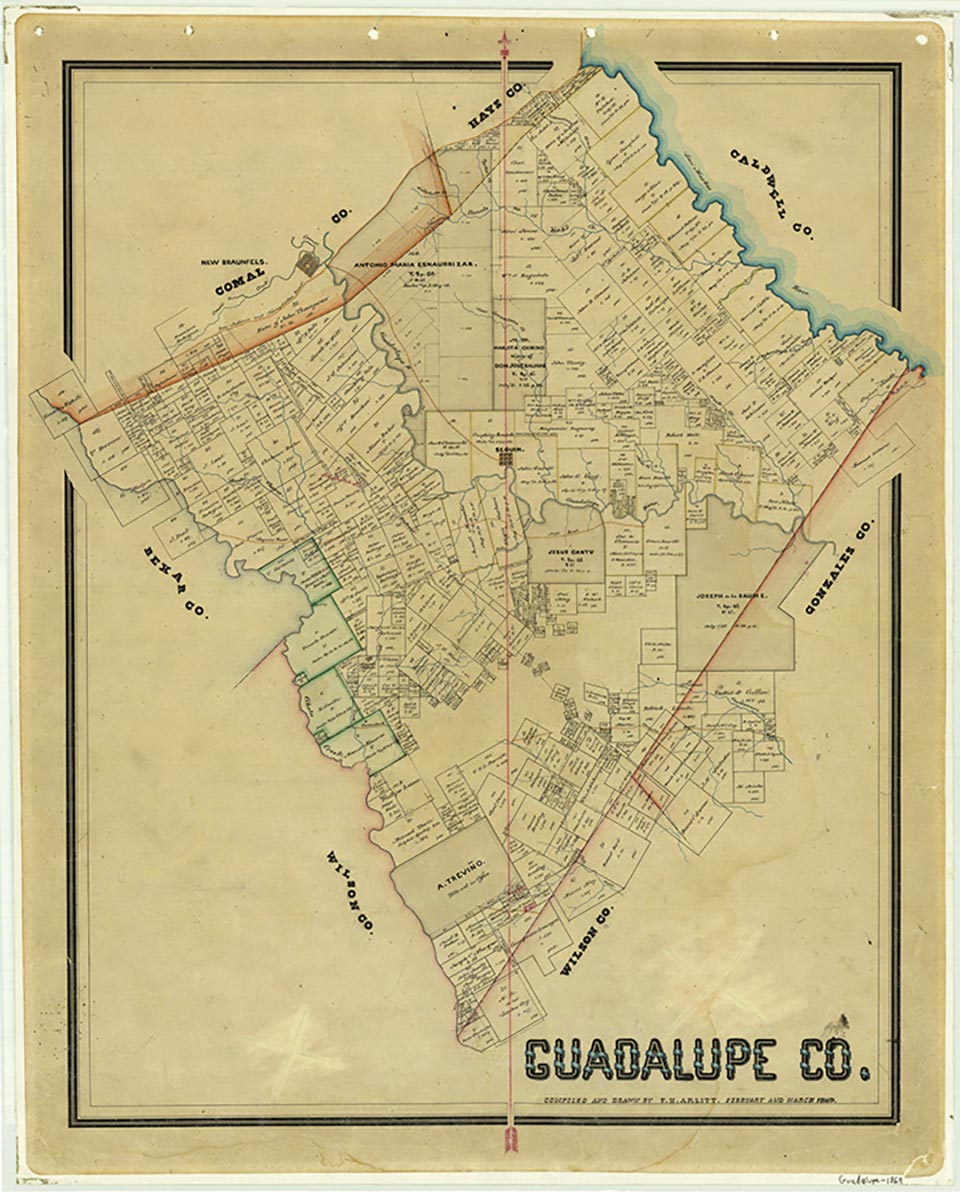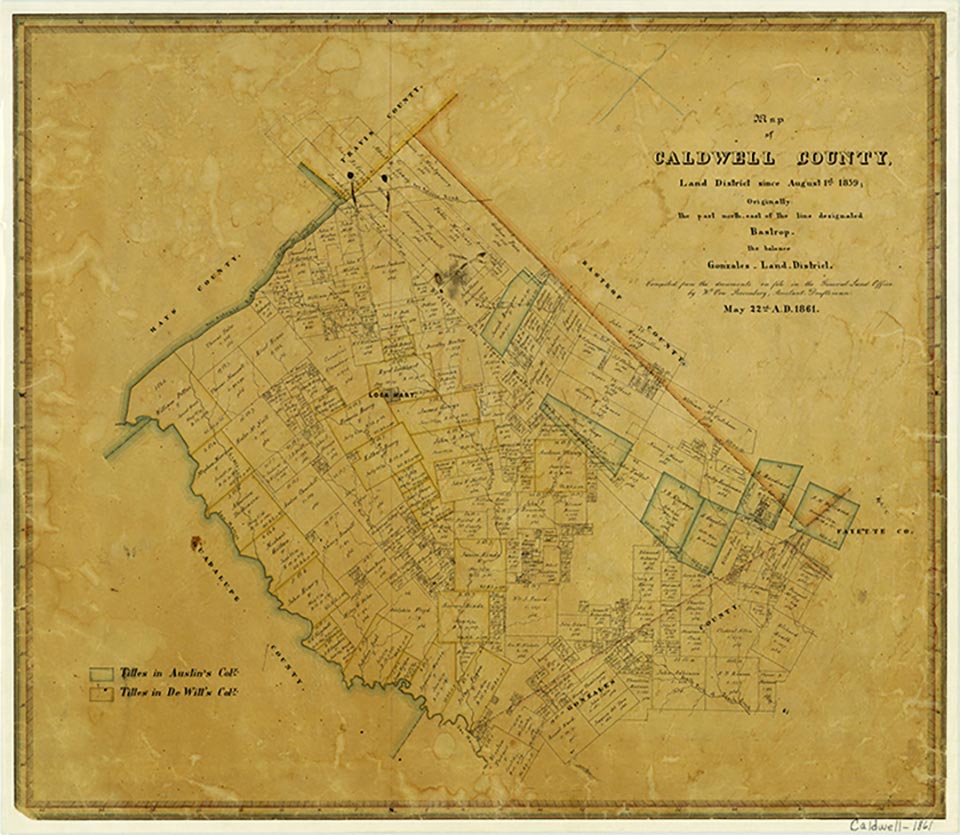San Marcos
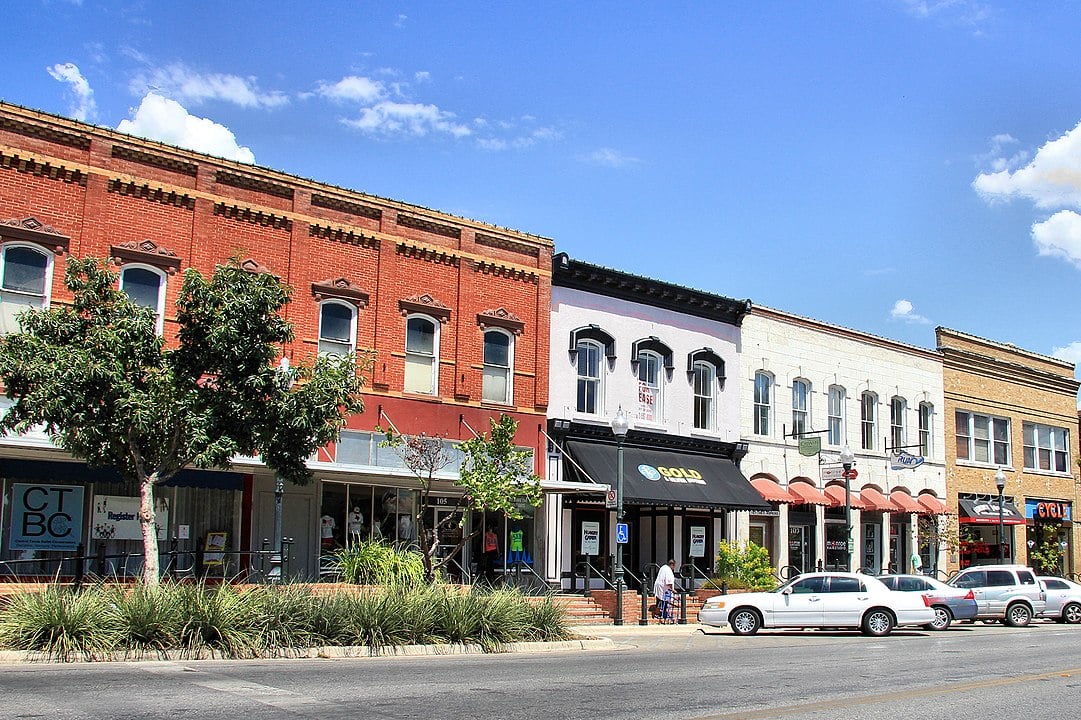
San Marcos, Texas
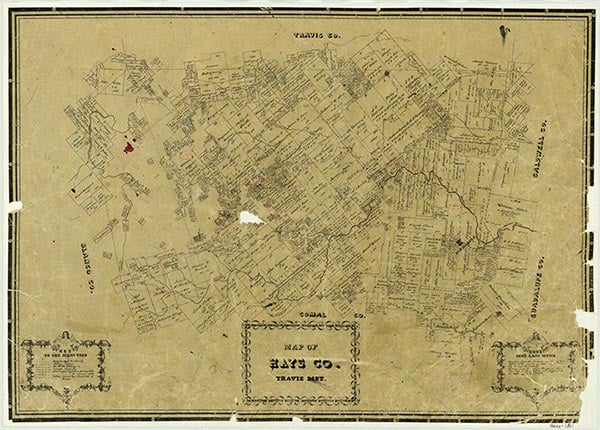
San Marcos, the county seat of Hays County, is on Interstate Highway 35 twenty-five miles south of Austin in the southeastern part of the county. It was the site of several Spanish attempts at colonization before it became the center of Anglo-American settlement in the area. The first such attempt, in 1755, saw the short-lived establishment of the San Xavier missions and the presidio of San Francisco Xavier. These were relocated less than a year later, and the headwaters of the San Marcos River remained unsettled for another half century. In 1808 the Spanish governor of Texas, Manuel Antonio Cordero y Bustamante, sponsored the civil settlement of San Marcos de Neve near the same site, but floods and Indian raids prompted its abandonment in 1812. In November 1846 Thomas G. McGehee became the first Anglo-American to settle in the vicinity of the San Marcos Springs, but William W. Moon has been identified as the original resident of the site that became San Marcos proper. Moon was soon joined by other former members of John C. Hays's company of Texas Rangers and by Gen. Edward Burleson. Cayton Erhard opened the first store and post office by 1847, and the First Methodist Church began soon after. The Texas Legislature organized Hays County on March 1, 1848, and designated the young community as the county seat. San Marcos already had 387 residents. In 1851 General Burleson, William Lindsey, and Dr. Eli T. Merriman took possession of a 640-acre section of the Juan Veramendi grant and laid out the town center. Tarbox and Brown stagecoaches linked San Marcos with Austin and San Antonio in 1848, and the town began its development as the commercial center for the cart trade between area farmers and ranchers and coastal commission merchants. It also became a center for ginning and milling local agricultural products. Slowed for a while by the Civil War, the population in 1870 had grown only to 742, but in the decade following the arrival of the International-Great Northern Railroad on August 31, 1880, it reached 2,335. In that decade the town supported two banks, an opera house, and a variety of stores, saloons, and other businesses.
Cattle and cotton production in the area provided the basis for the gradual but steady growth of San Marcos as a center for commerce and transportation. The chartering in 1899 and subsequent opening in 1903 of Southwest Texas State Normal School and of the San Marcos Baptist Academy in 1907 established education as an important local industry. By the second decade of the twentieth century San Marcos counted more than 4,000 residents. On the eve of World War II the population was estimated to be 5,500, and the town had 200 businesses. During and after World War II the city's economy began to diversify, and growth accelerated. Wartime demand provided the initial stimulus for development of a light industrial and manufacturing sector; it was reported after the war that the financial resources of the city had increased 500 percent from prewar levels. In the 1960s, with the emergence of Aquarena Springs and Wonder Cave as important attractions, the tourist industry became a reliable and growing source of income. The expansion of Southwest Texas State University into an important regional institution, as well as the establishment in 1965 of the Gary Job Corps Training Center, not only made education the single largest employer in the city but also helped to account for a 48 percent increase in population, from 12,713 in 1962 to 18,860 in 1972. Growth continued through the 1970s. Industrial development continued apace; among the 400 businesses recorded by 1980 were manufacturers of furniture, sheet metal products, plastics, woolens, lighting fixtures, telecommunication devices, baked goods, construction materials, and tortillas. Austin's emergence as a regional metropolitan center is another cause of the remarkable growth of San Marcos since the 1950s; in 1973 Hays County and San Marcos became part of the Austin Standard Metropolitan Statistical Area. By the mid-1980s at least 20 percent of Hays County's labor force worked in Travis County. San Marcos itself was estimated to have a population of 25,000 and an additional 20,000 students, for a total of 45,000. In 1990 the population was 28,743. The population reached 34,733 in 2000.
Daniel P. Greene | © TSHA

Adapted from the official Handbook of Texas, a state encyclopedia developed by Texas State Historical Association (TSHA). It is an authoritative source of trusted historical records.

- ✅ Adoption Status:
Belongs to
San Marcos is part of or belongs to the following places:
Currently Exists
Yes
Place type
San Marcos is classified as a Town
Location
Latitude: 29.87714880Longitude: -97.93253600
Has Post Office
Yes
Is Incorporated
Yes
Population Count, 2021 View more »
68,580
Places of San Marcos
| Place | Type | Population (Year/Source) | Currently Exists |
|---|---|---|---|
| College or University | – | Yes |
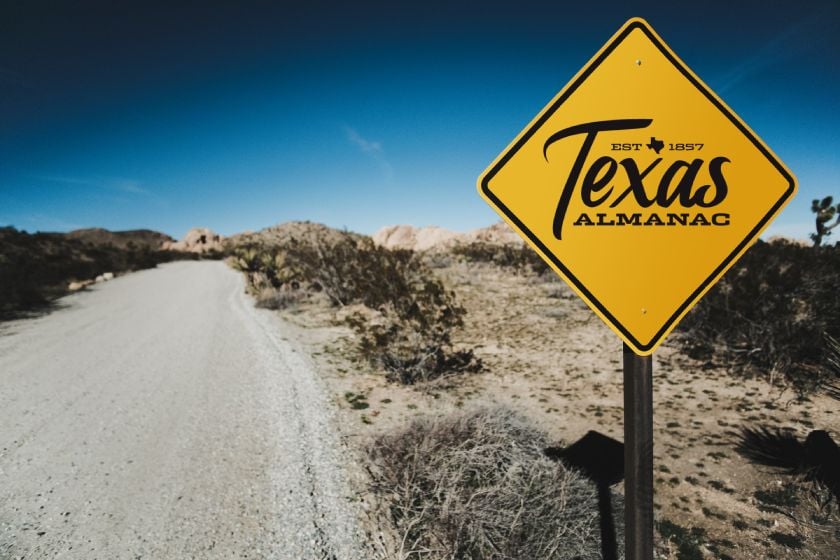
Proud to call Texas home?
Put your name on the town, county, or lake of your choice.
Search Places »

